We continue our overview of the history of the degerminator in the maize milling industry, particularly the machines that came after the Beall degerminator.
MODIFIED BEALL DEGERMINATORS
One of the modifications made to the original Beall was the Skinning degerminator. The objective of this type of degermination was to loosen and remove most of the bran and germ including the tip cap, leaving some adhering bran on the maize kernel which could be easily removed on the roller mills and subsequent aspirators. Modifications were made to the original feed-in scroll and the number of the nodules was removed from the rotor/stator. The speed of the machine was in the region of 720rpm.
Most mills using the skinning system kept a number of normal unmodified Bealls to produce a good quality samp.

IMPROVED DEGERMINATORS WITH PARALLEL ROTOR AND STATOR
In this type of degerminator, the cone shaped rotor and stator of the Beall were replaced by a parallel rotor and stator. The machine was designed to be more user-friendly than the Beall, with easy access to all working parts. In addition, by using parallel rotors and stators, there was less build-up of feed in the inlet of the machine which led to unnecessary chokes in the conical design. Quite a number of mills still use this type of degerminator.
SCOURER DEGERMINATORS
Scourer type machines were introduced to eliminate the costly drying of the maize germ/bran. The maize had a short first conditioning time and was degerminated at a much lower moisture than on a normal degerminator. This process is known as dry degermination.
This machine was a modified wheat scourer with beaters which did very little proper degermination, but cause the maize kernel to be broken up rather excessively. Not samp or a good quality of grits could be produced on the machine, only a reasonably acceptable Super Maize meal at a much lower extraction rate.
South African maize is predominately of the dent type with a medium hard to soft endosperm, and is not suited to the above degermination method. This type of degerminator is favoured by some millers in parts of Europe, where the maize is predominantly of a yellow flint type with a relatively hard endosperm.

DEGERMINATORS TODAY
New generation machines were developed to remove most of the bran and germ from the maize kernel with a minimum amount of fines. These machines, sometimes referred to as high compression degerminators, have the following advantages over the older types:
- The production of a higher percentage of low fat content products.
- A better quality of Super Maize Meal. With a good quality maize, up to 65% or more Super Maize Meal can be produced.
- A shorter milling system with less machinery and subsequently lower capital investments.
- A smaller mill building area is therefore needed.
The two main types of this new generation degerminators are vertical and horizontal machines.
The vertical (e.g. Satake) machine was manufactured in the Far East, using technology developed years ago from machines employed as rice whiteners. For South African maize milling however, important changes have been made to the original design.
European in origin, the horizontal (e.g. Buhler) machine achieves similar results to those of the vertical machine, but it takes up more floor space.
Both these machines use related techniques in their operation to remove the bran and germ from the maize kernels, including narrow slotted screens of between 1,1 x 15mm and 1,1 x 12mm long.
Roff offers maize millers the Degerminator TH and the Degerminator 520.
Roff’s Degerminator TH series consists of a conical inner cone which rotates and rubs the maize kernels against an outer cone. This machine is best suited to milling operations that deliver super refined maize meal and brewer’s grits. Depending on the size of its motor, it can degerminate at a rate of 2 000 to 6 000kg/h. Features include:
- Low power consumption
- Adjustable cones for various size maize kernels
- Adjustable discharge valve
- Long lasting durable steel screens
- Maize grit of less than 1% fat content can be achieved
- Minimum maintenance is required
Roff’s Degerminator 520 consists of an inlet hopper, feeding screw, degerminator, separation screens and two aspiration units. It’s ideal for small milling operations where super refined maize meal is required, and can degerminate at a rate of 800 to 1 200kg/h. It features:
- Adjustable plates for various size maize kernels
- Long lasting durable plates
- Adjustable discharge valve
- Minimum maintenance is required
- Cost effective
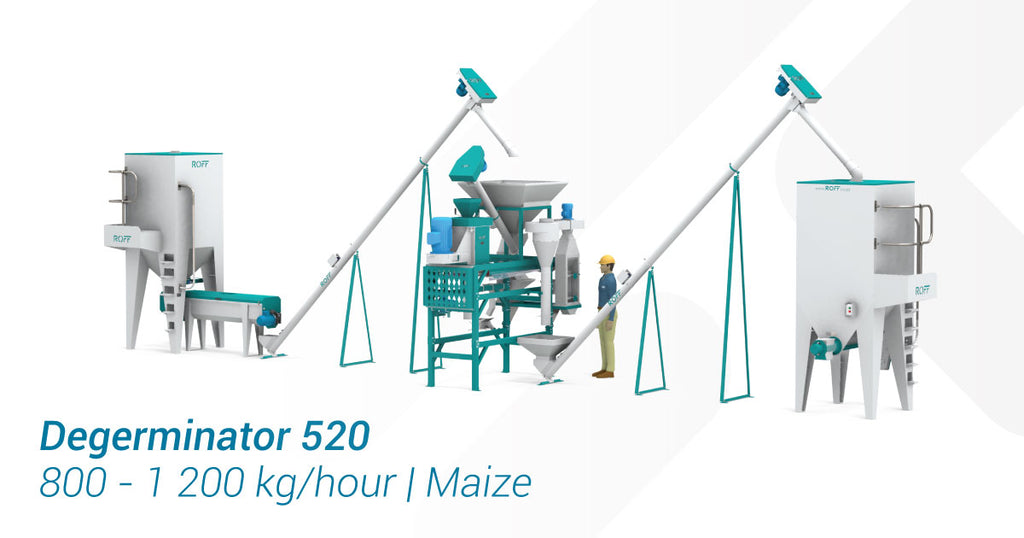
THE FUTURE
With the introduction of the new generation degerminators, the milling industry in South Africa has come a long way in bringing the milling of maize up to the same high standards as that of wheat.
As a leading local maize milling machine manufacturer, Roff will keep designing solutions that uniquely address the needs of South African maize millers.
Two of these solutions are the Roff TH and 520 degerminators, now available for purchase online.


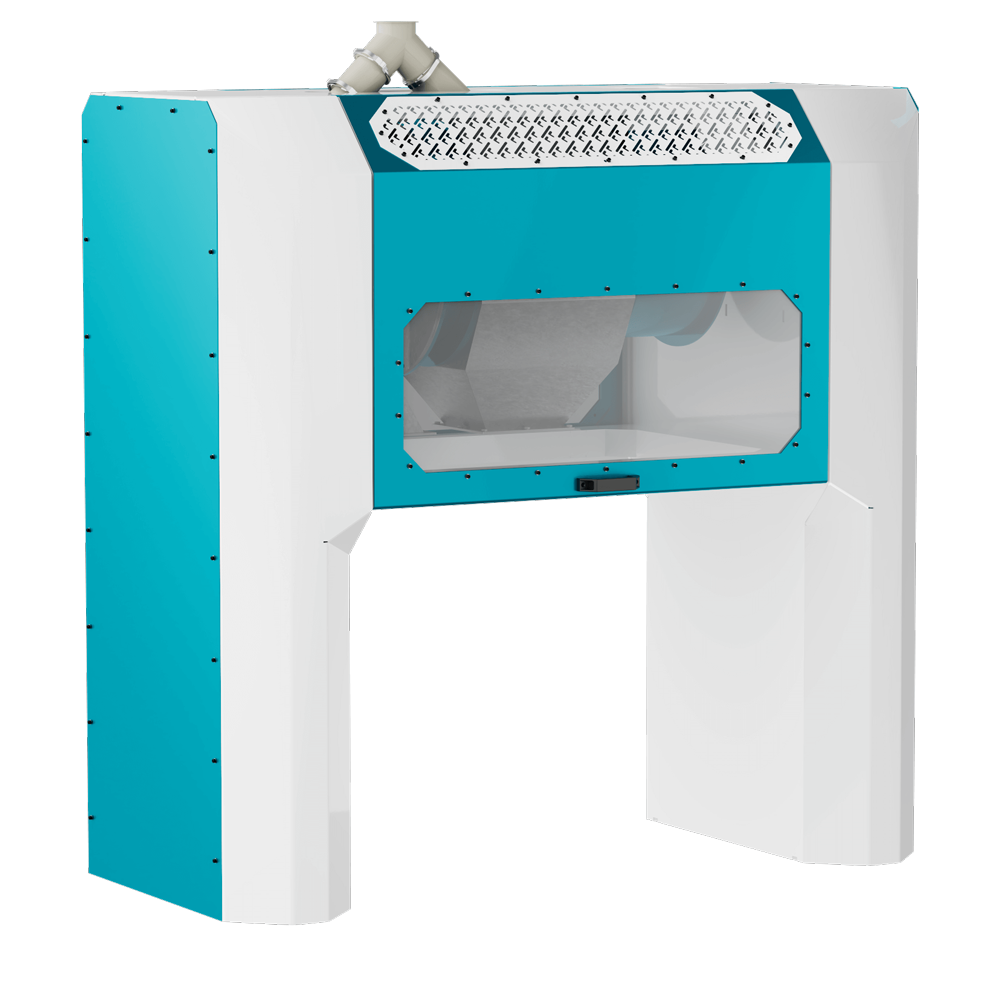
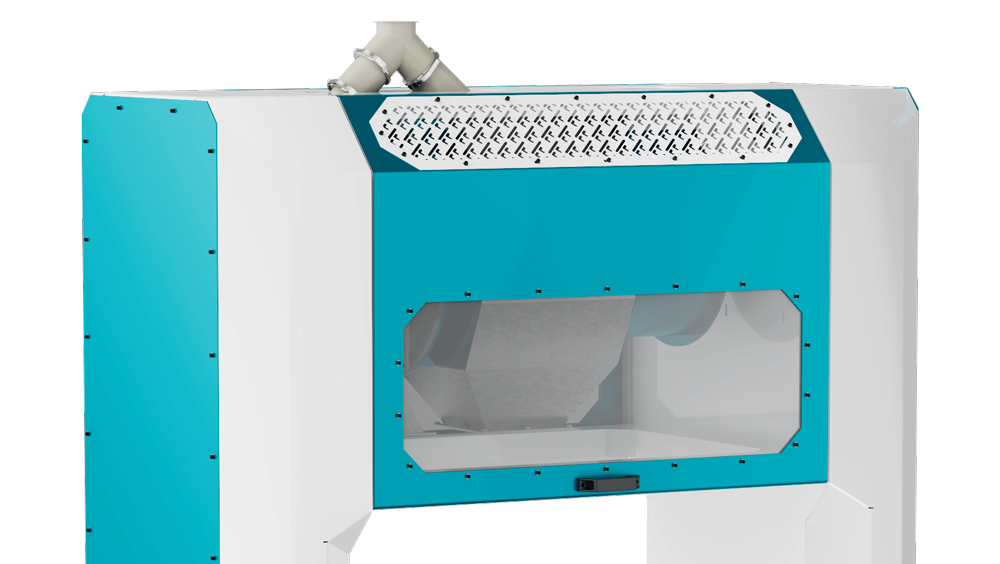
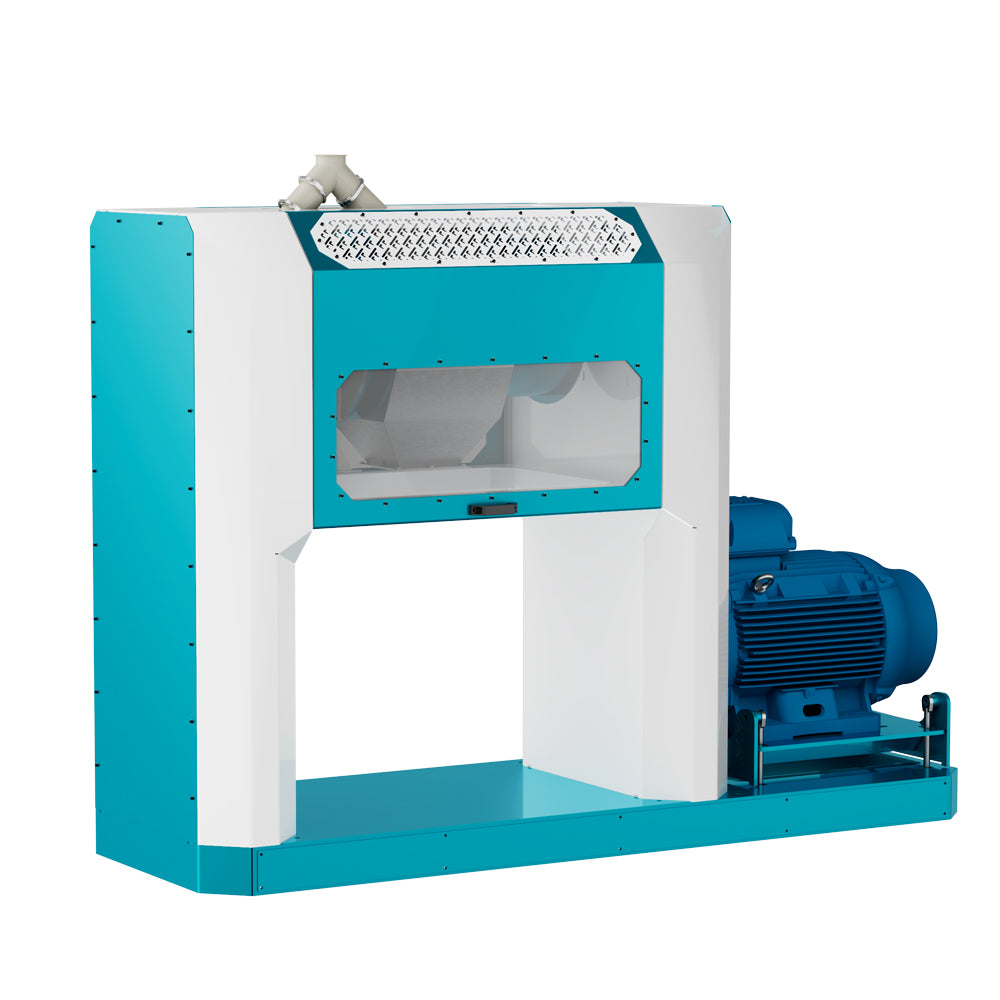
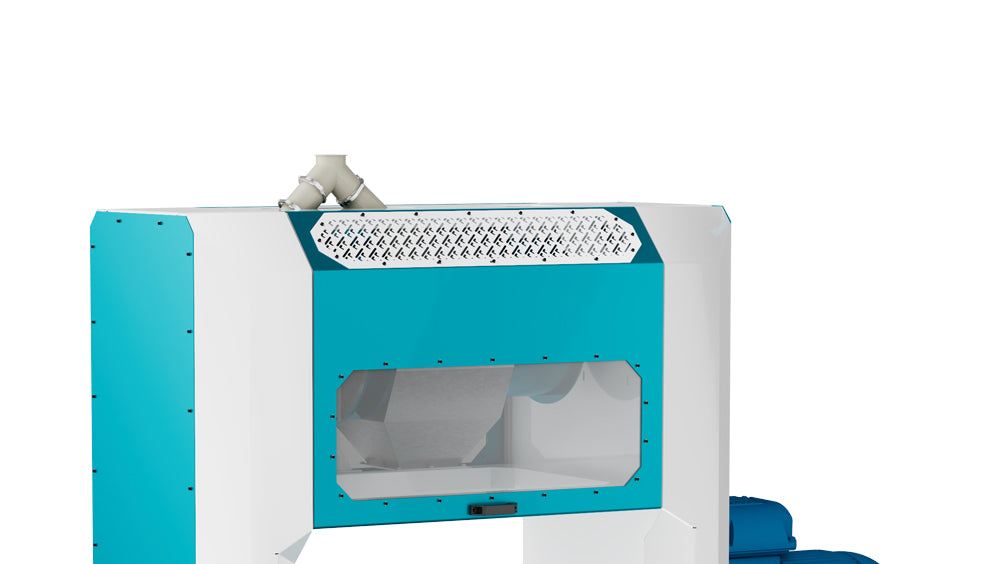
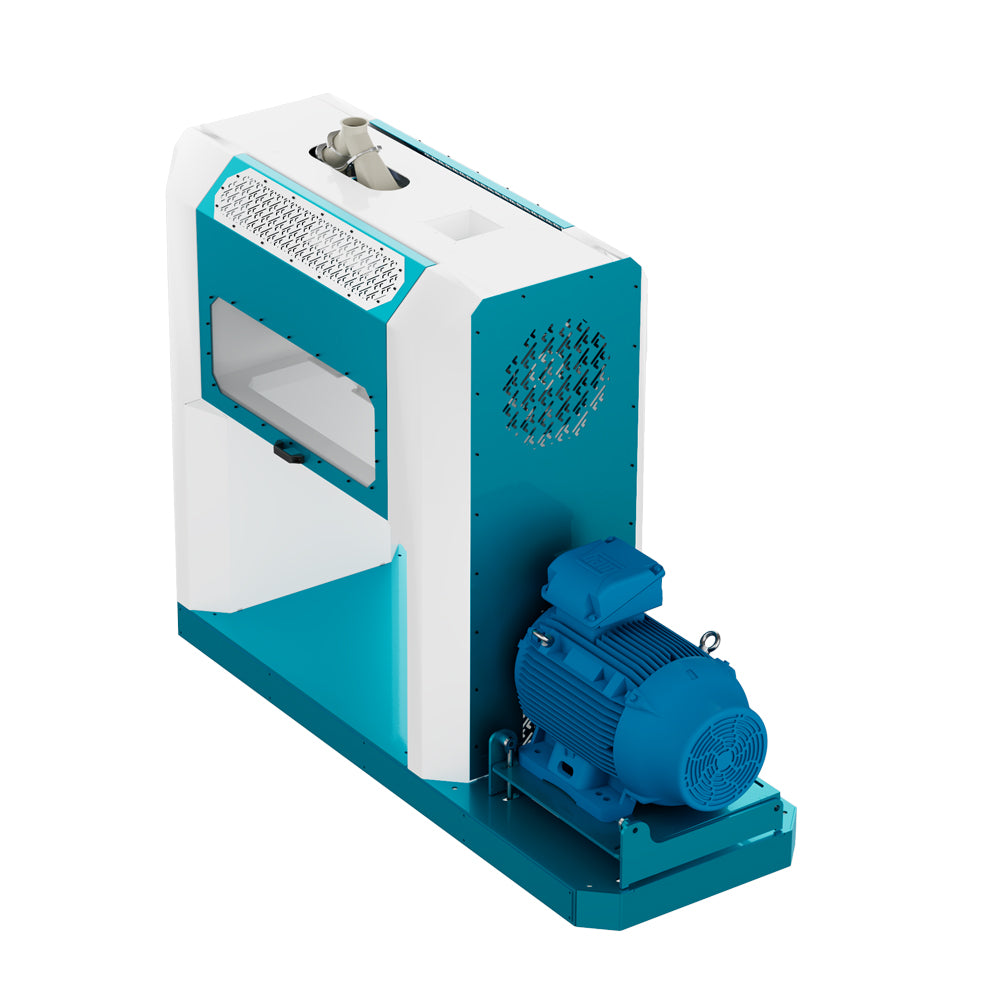
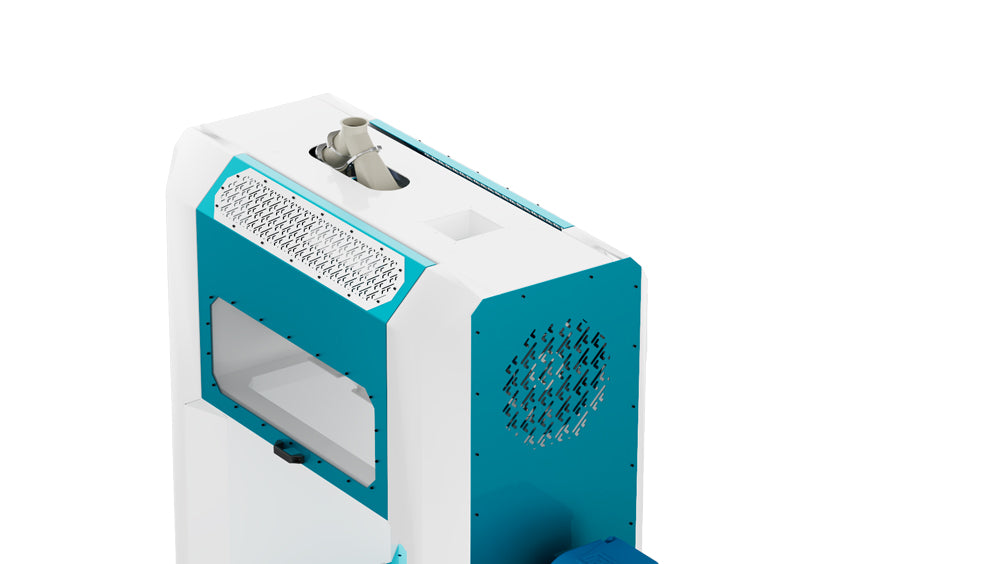

1 comment
I need an addivice on the mashin of degerminet .help me gays